Sprawling along a luscious green valley in the central Andes, Medellín is Colombia’s second largest city. Hitching a ride on the modern metro and cable-car provides a spectacular view over the town and its diverse barrios.
In the 80s and 90s Medellín was the violent centre of the Colombian drug trade, making it an absolute no-go zone for tourists for many years during and after. In a 2004 Lonely Planet kicking around our hostel, the city only warranted a few scant pages warning of various dangers. Basically: “Don’t go out at night.”
The change has been remarkable. In 2013 it was named the most innovative city in the world and one of the most liveable cities in South America. (Yeah, I Wikipedia’d it). The main tourist hood El Poblado is packed with hostels, restaurants, shopping malls, bars and clubs. The city centre is vibrant and in parts quite modern.
To fully understand the city’s history and recovery means getting to grips with its most infamous son: Pablo Escobar, AKA El Patrone. We did a fascinating half-day tour exploring sites relevant to Escobar’s life and times. There’s no shortage of facts and anecdotes about the so called King of Cocaine. In 1987 he made Forbes’ Richest Person list with a personal net worth of $25 Billion. Legend has it that the cartel was spending $2500 every month – solely on rubber bands to bundle their cash with.
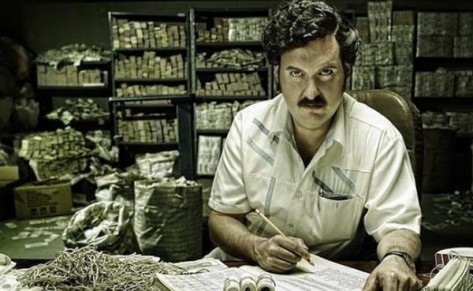
But Escobar also worked at securing popular support: he was at one time a member of Congress (primarily to take advantage of the standing rule that no member of Congress could be extradited to the US), he donated various community facilities and even built entire neighbourhoods for the city’s poorest residents. Some in Medellín continue to view him as a ‘Robin Hood’ figure to this day.
Still, our guide spoke very passionately about her memories of those times; friends killed in bombings and shootings, the entire city living in fear for many years. Some of the sites we visited were bombed buildings that remain in a decrepit state 20 years later.
Eventually, Escobar’s enemies included not only the Colombian Government but teams of US special forces and a group of vigilantes determined to see him answer for the thousands of deaths he personally oversaw. Forced into hiding, he was eventually found and gunned down trying to flee across the rooftop of his hideout.
It’s extremely gratifying to see how the city has turned this grisly history around. We had a great time exploring the town and hanging out in the less glitzy parts of the Zona Rosa. One hot tip led us to El Machetico, a buzzing hole-in-the-wall that only served empanadas (fried pastry pockets of potatoey goodness).
To call these things merely ‘crispy’ would be disrespectful to the hardworking chef who had to deep fry them 17 times. 1300 pesos ($0.65c) a pop, 1300 calories a pop, totally worth it.
Up another end of the culinary/touristy spectrum we had a great meal at MU Ribs, a packed-out joint run by an ex-pat Brit and his local wife. Ribs, fries and mojitos; if you need anything else in life you’re overthinking it.
Full photo set here. Next stop Bogota!

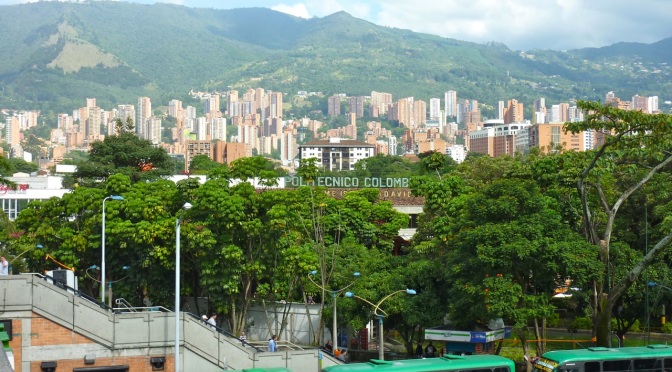
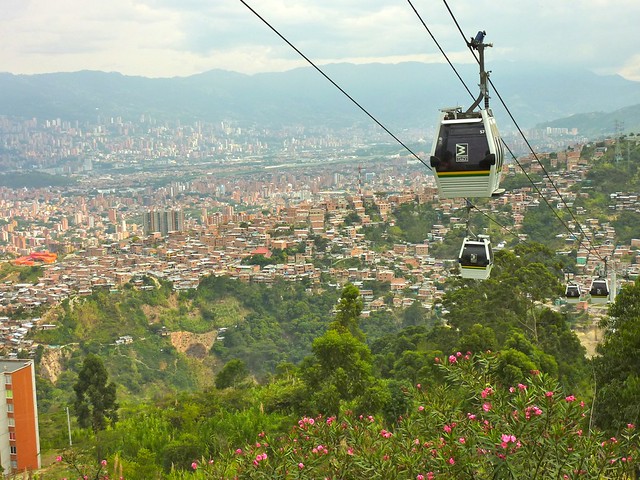
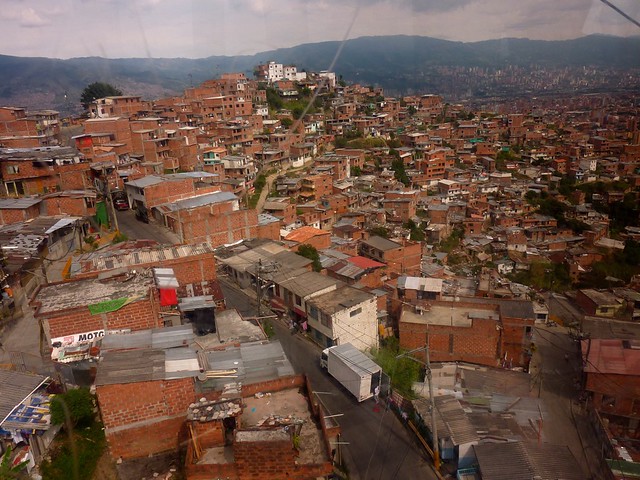
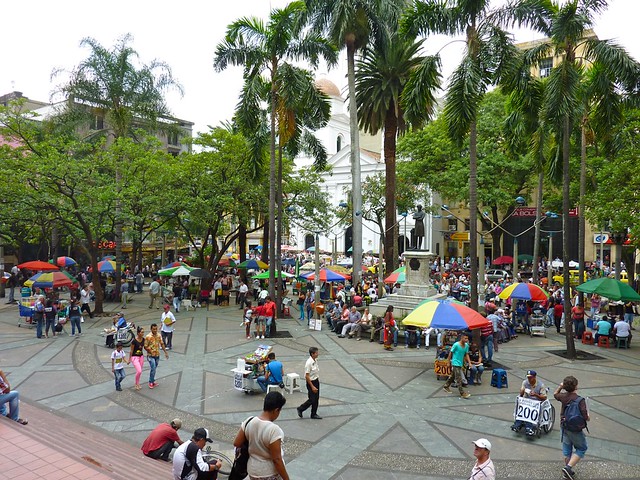

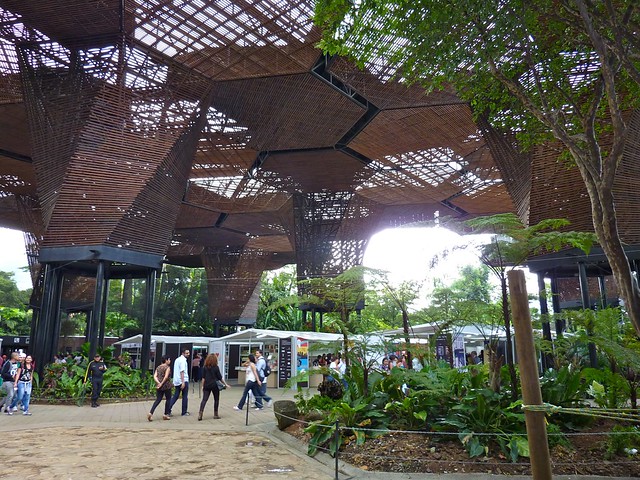
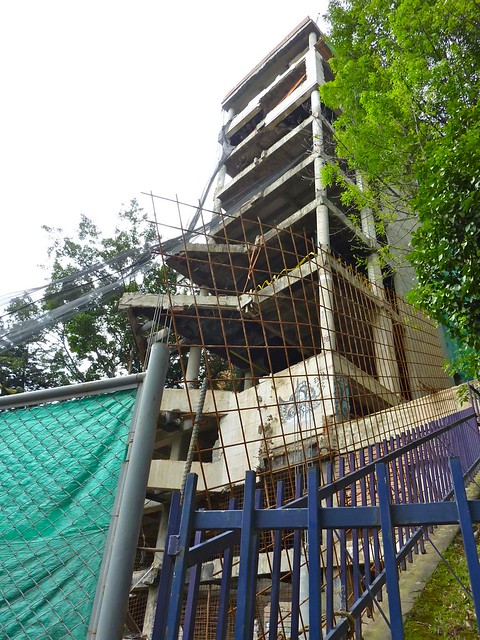
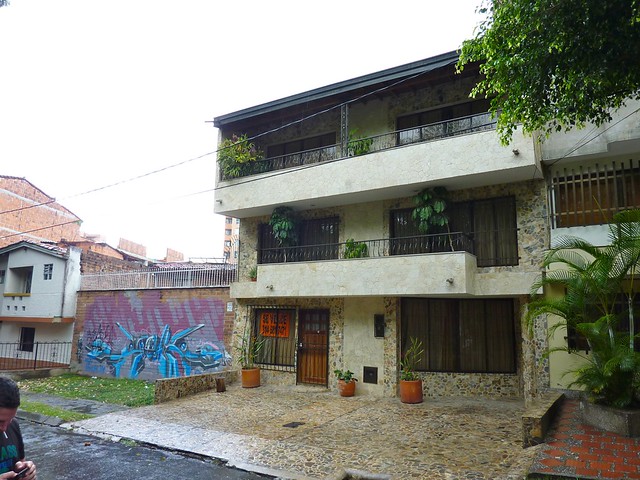
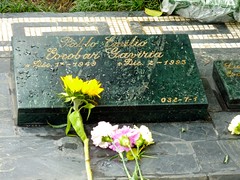
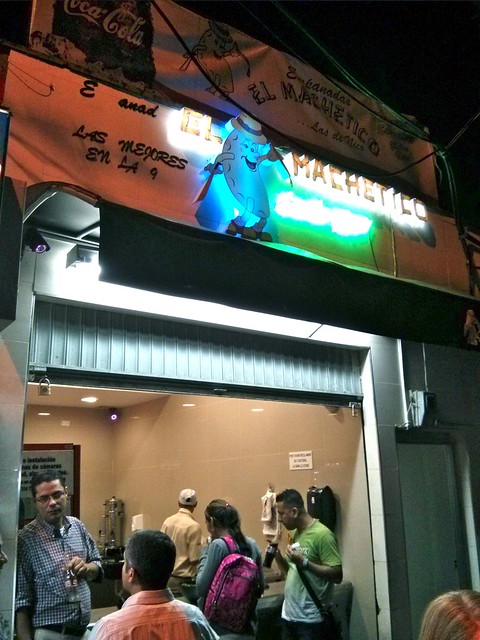
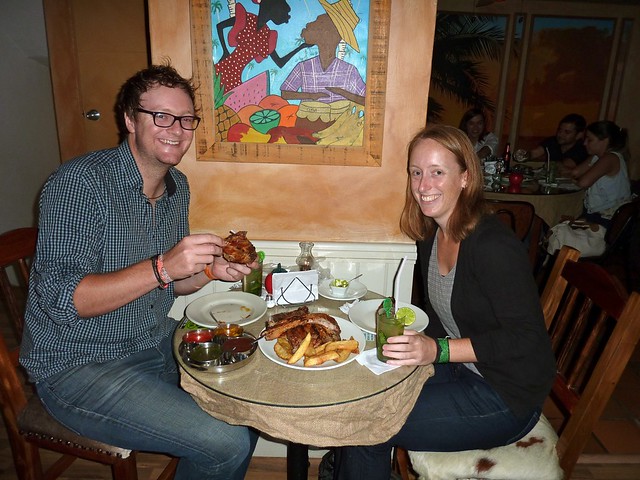
I love it – track where hard cash is by rubber band sales/use!